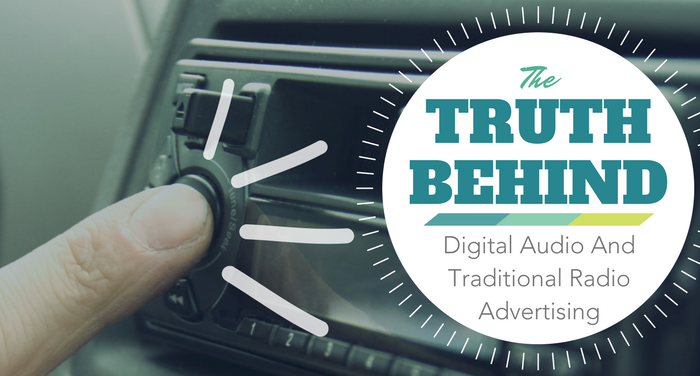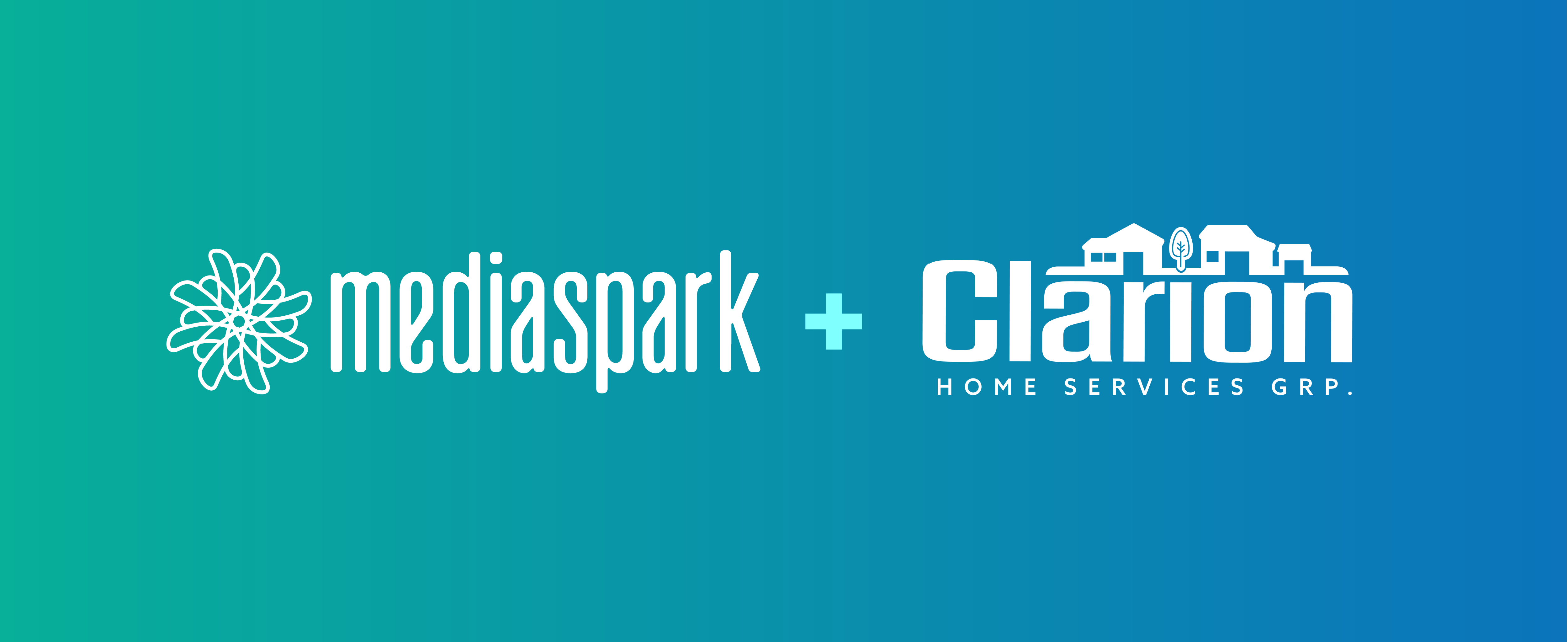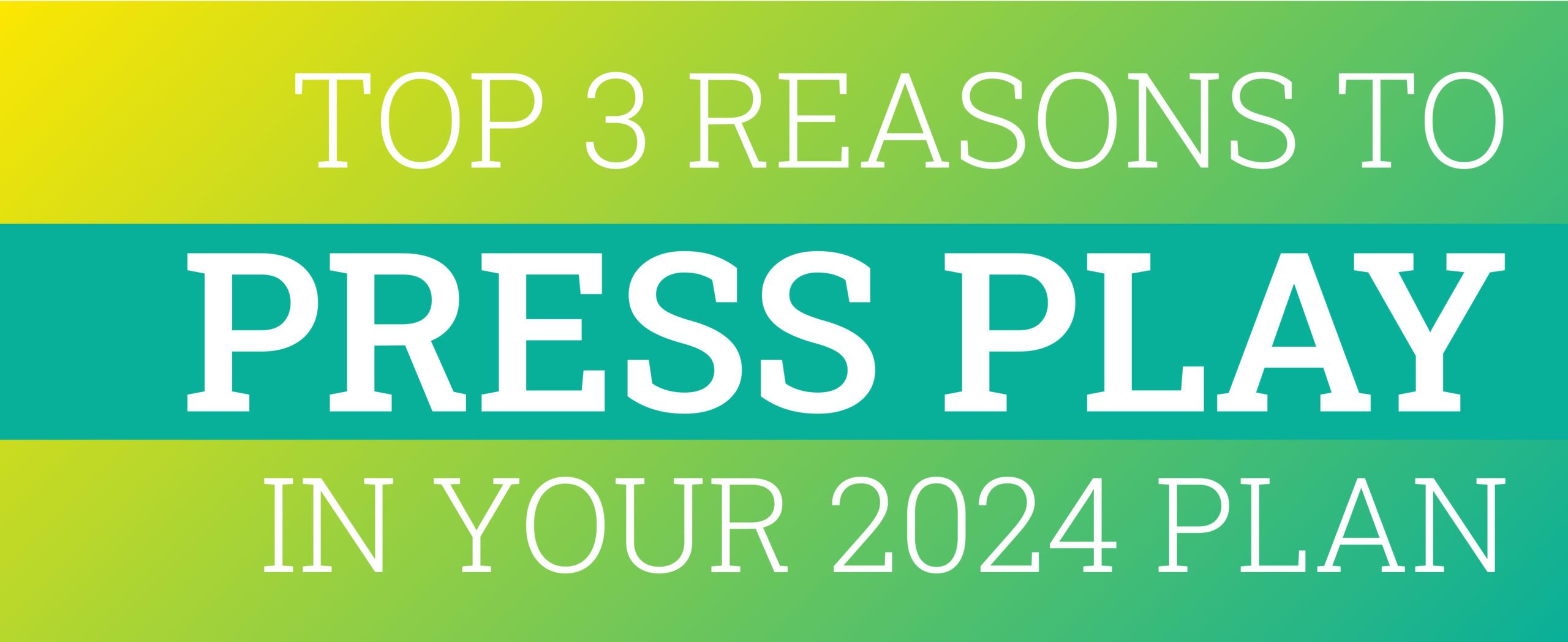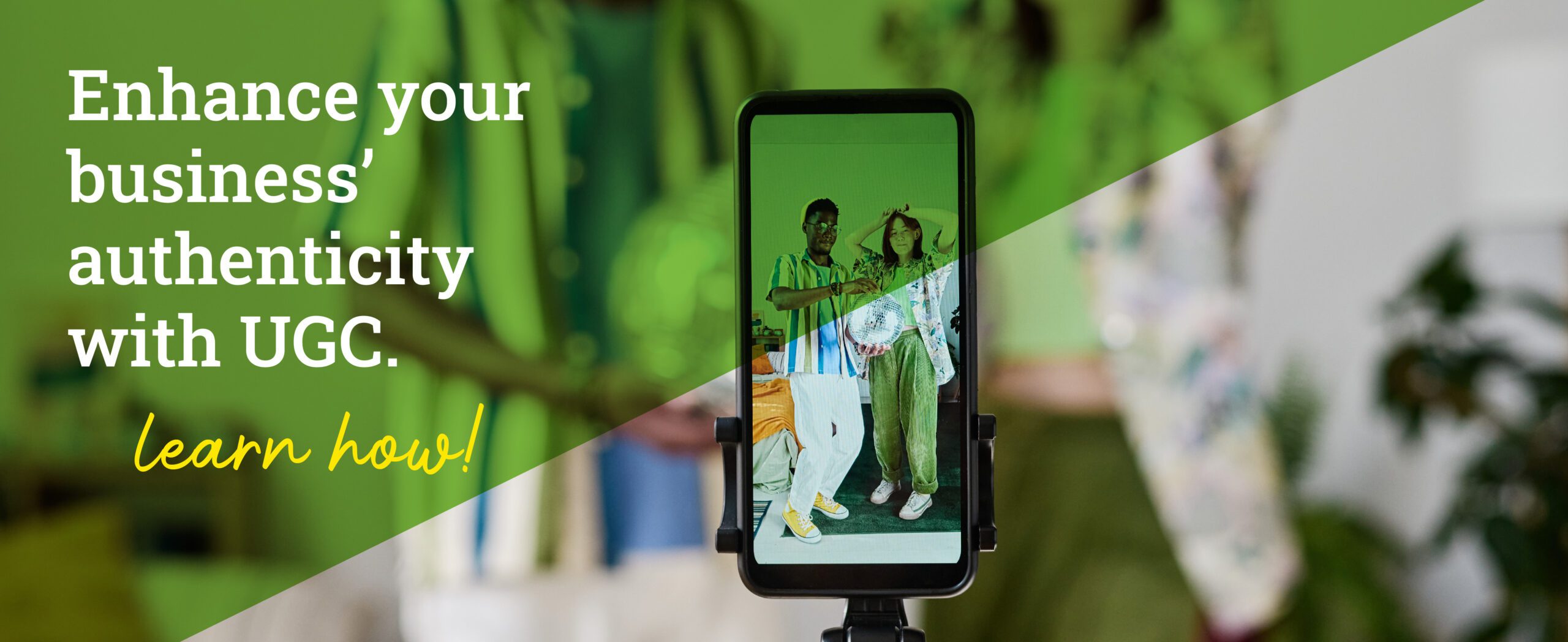Americans can’t seem to get enough radio content, and the numbers prove it. Not only are they listening to “traditional” radio, but they are also incorporating audio content on a variety of newer platforms.
Consider the following:
- According to data from Edison Research, monthly online radio listenership in 2016 had more than doubled since 2010, with almost 60% of people over the age of 12 tuning in on their smartphones, tablets, and computers.
- AM/FM “spot” advertising revenue declined 3% in 2015, while digital gained 5%.
- According to the Music Business Association, 35% of the general population listen to the radio on any given day; Nielson confirms that 91% of people had tuned into traditional radio at least once during the second quarter of 2015.
- Younger millennials prefer digital, on-demand streaming on their smartphones a la Spotify, Pandora, and Apple music, and it accounts for 51% of their daily listening.
“While radio continues to be a strong source of lead-potential for businesses, we can’t deny that digital audio is slowly gaining a bigger slice of the pie,” said Patsy Sumner, founder of MediaSpark in Omaha, Nebraska. “Both outlets have a role to play in today’s marketing efforts, whether in tandem or by themselves. We’re always encouraging our clients to take a look at both traditional and targeted digital as it pertains to their marketing objectives, their budget, and, ultimately, their target audience.”
When considering a programmatic buying strategy, it’s important to consider where, when, and how people are listening to the supportive content. While several people tune into terrestrial radio stations on their commutes, others plug into their Spotify playlists or Pandora stations while they are at their desks or on a walk.
“We excel in programmatic buying, and we have several strategies we can use to make sure our clients are getting the most exposure for their marketing dollar,” adds Andrea Brendis, of MediaSpark. “Lately that means expanding the reach into digital audio as well. It’s important to have a plan that’s in place all day, every day to catch your prospective customers whether they are listening in the cars, at work, or in their kitchens.”
Even with digital audio on the rise, it’s still a small fraction of all radio revenue, accounting for just 10% compared to the 75% still garnered by local spot advertising. “It’s not about figuring out whether traditional radio is better than digital audio,” adds Sumner. “It’s about figuring out how to use both to maximize your exposure to your ideal audience. The two shouldn’t, and for the most part don’t, compete. It’s merely a matter of knowing your target audience and adjusting your formula accordingly.”





